20000302-berridge-mw03-collection-001
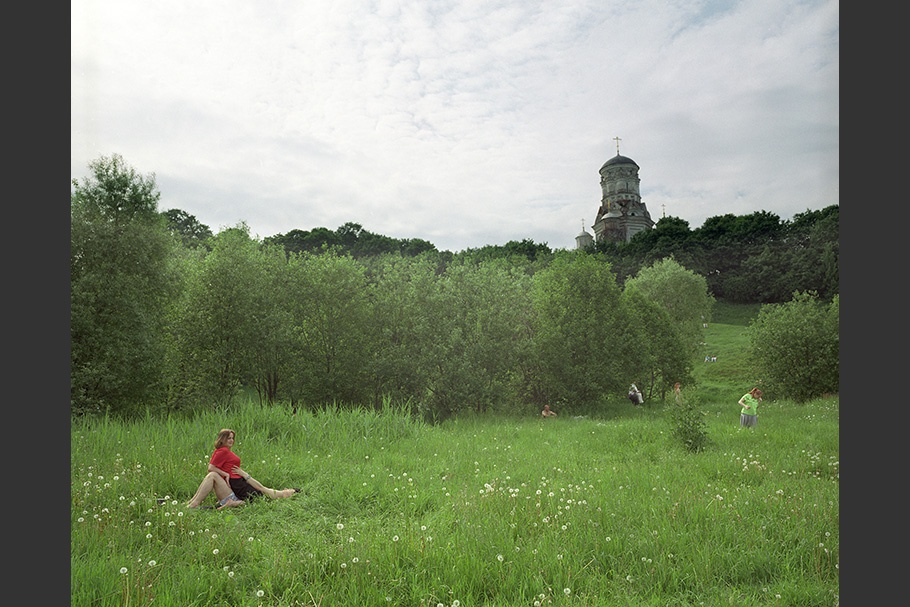
Untitled from the series On the Eve: Moscow 1998.
20000302-berridge-mw03-collection-002
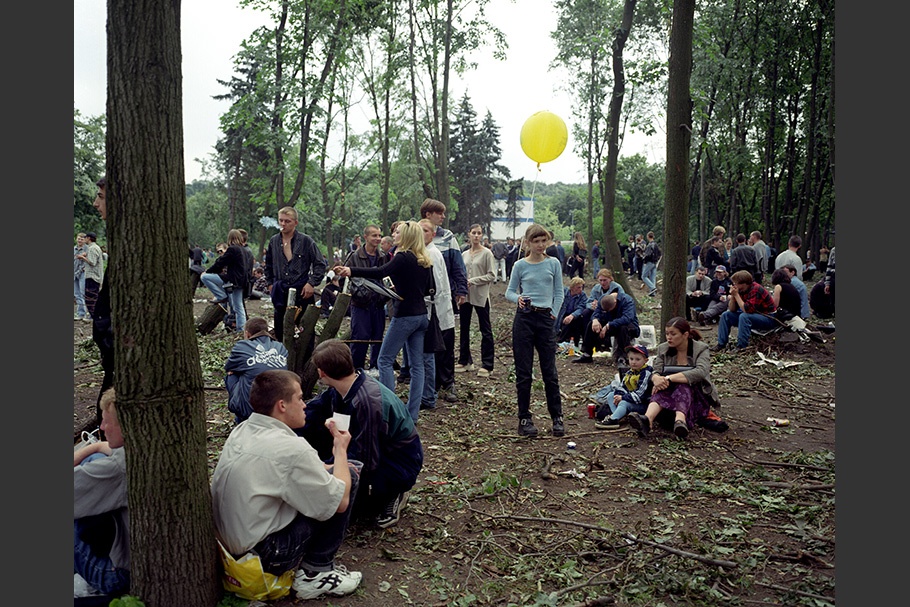
Untitled from the series On the Eve: Moscow 1998.
20000302-berridge-mw03-collection-003
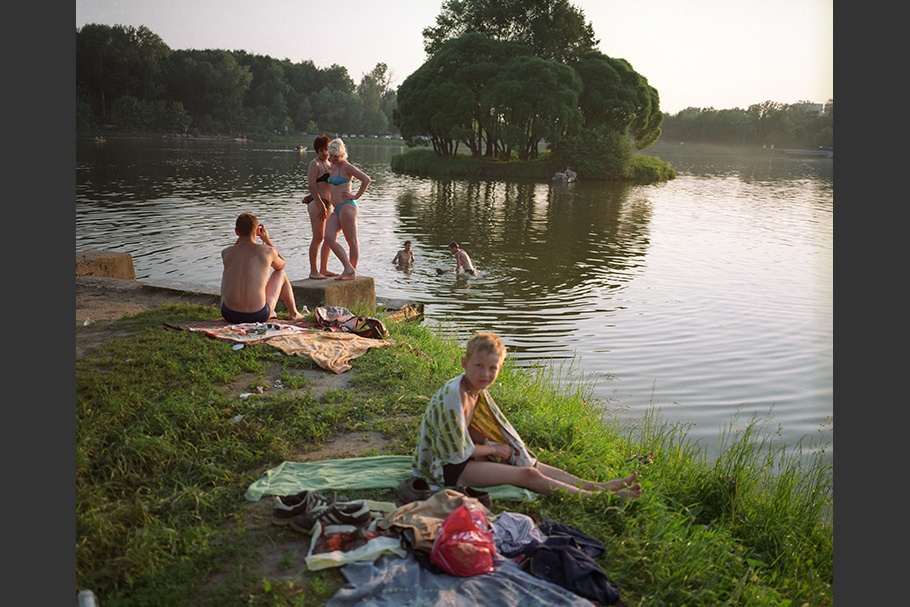
Untitled from the series On the Eve: Moscow 1998.
20000302-berridge-mw03-collection-004
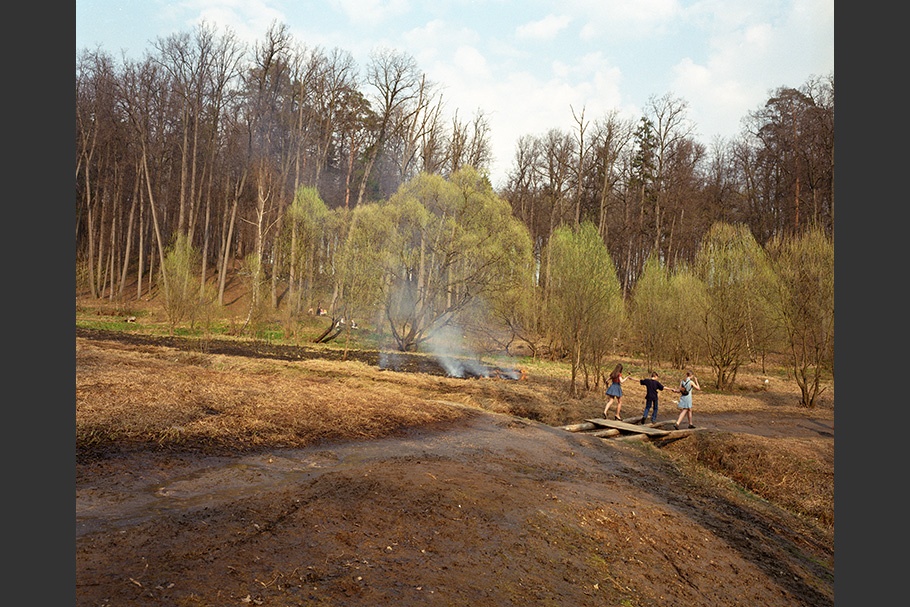
Untitled from the series On the Eve: Moscow 1998.
20000302-berridge-mw03-collection-005
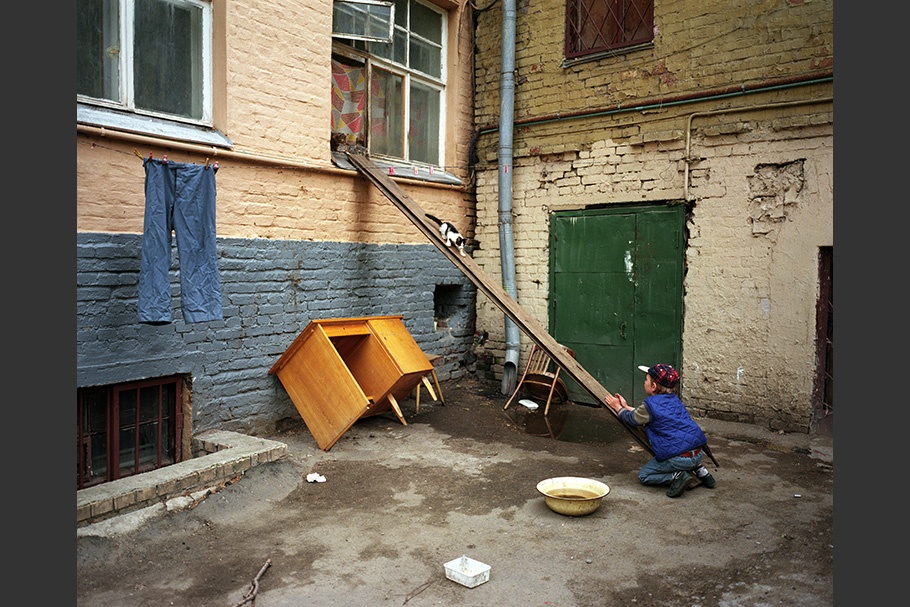
Untitled from the series On the Eve: Moscow 1998.
20000302-berridge-mw03-collection-006
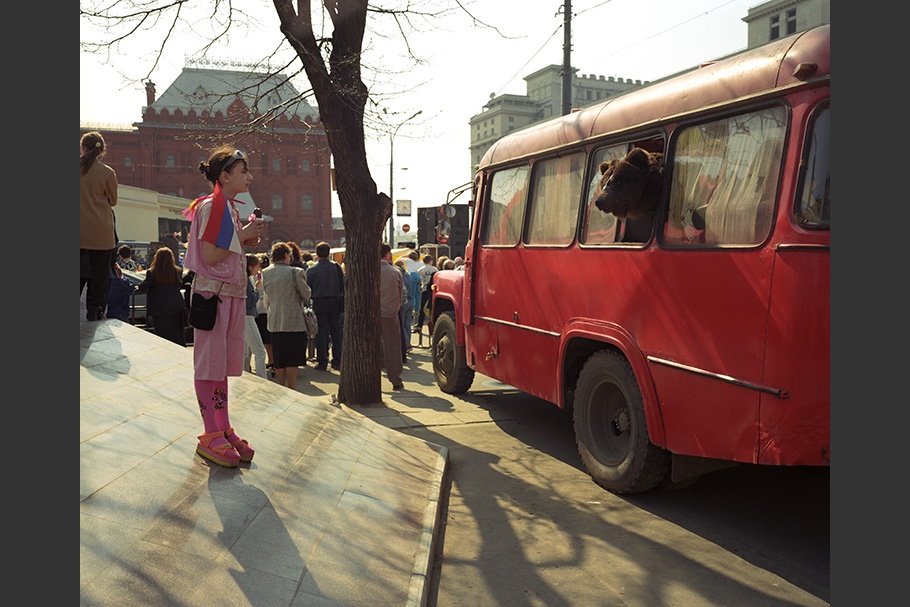
Untitled from the series On the Eve: Moscow 1998.
20000302-berridge-mw03-collection-007

Untitled from the series On the Eve: Moscow 1998.
20000302-berridge-mw03-collection-008
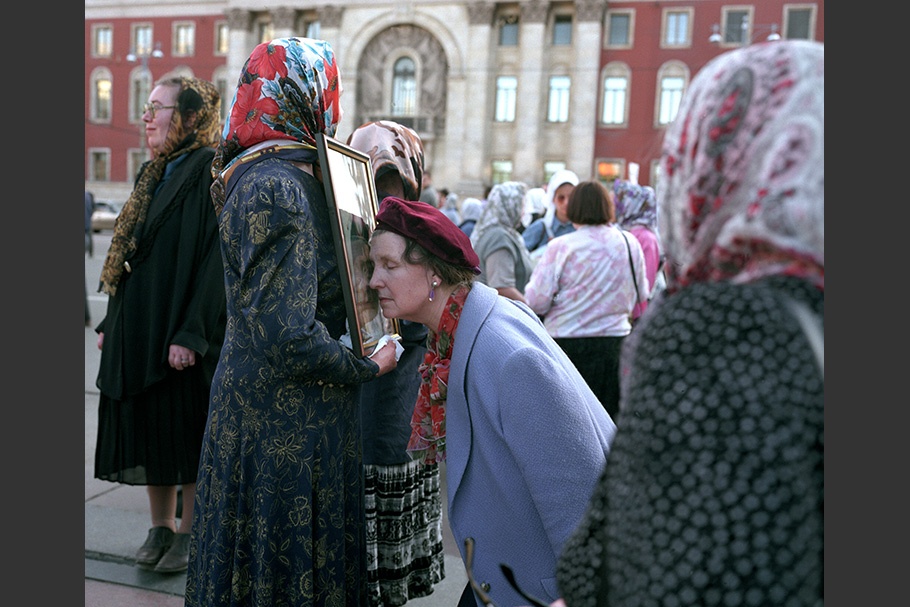
Untitled from the series On the Eve: Moscow 1998.
20000302-berridge-mw03-collection-015
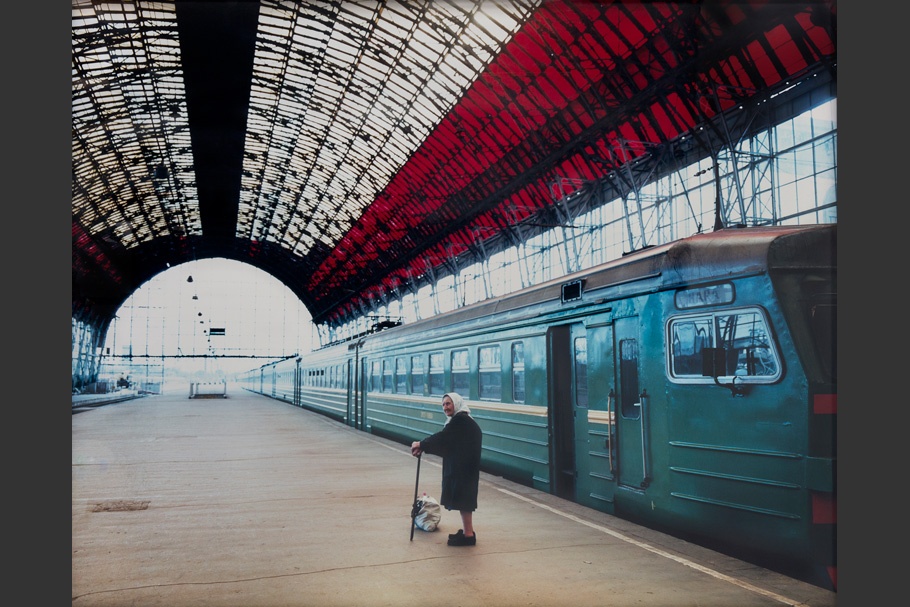
Untitled from the series On the Eve: Moscow 1998.
20000302-berridge-mw03-collection-009
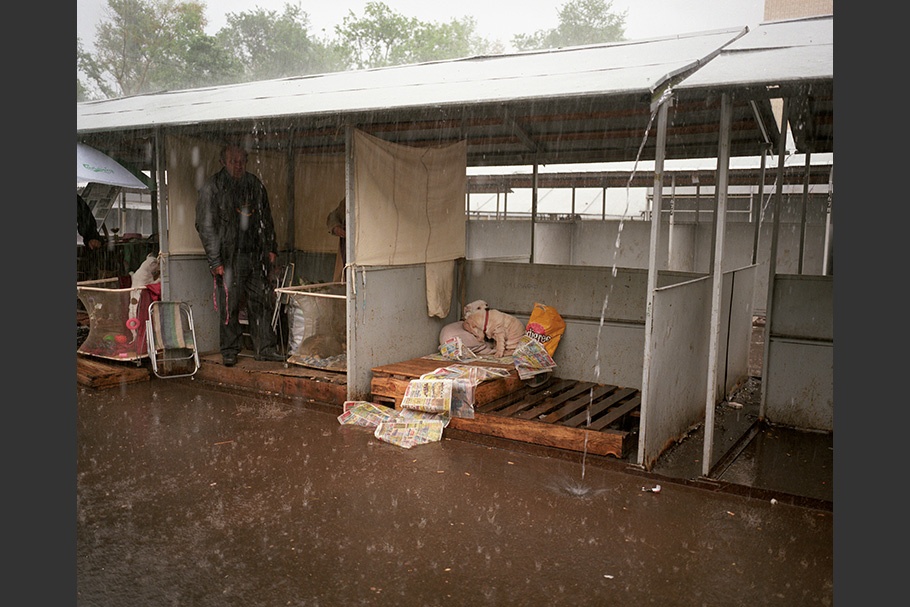
Untitled from the series On the Eve: Moscow 1998.
20000302-berridge-mw03-collection-010
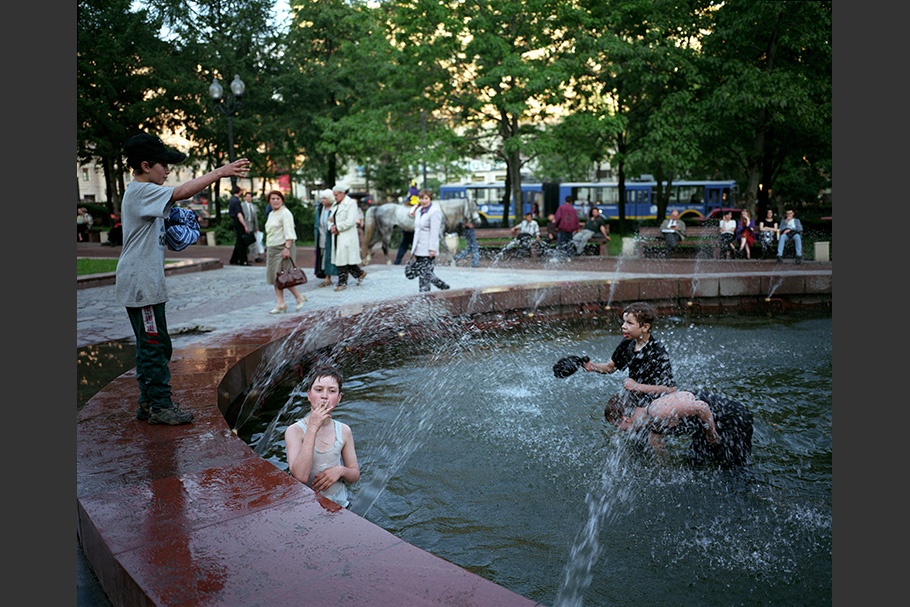
Untitled from the series On the Eve: Moscow 1998.
20000302-berridge-mw03-collection-011
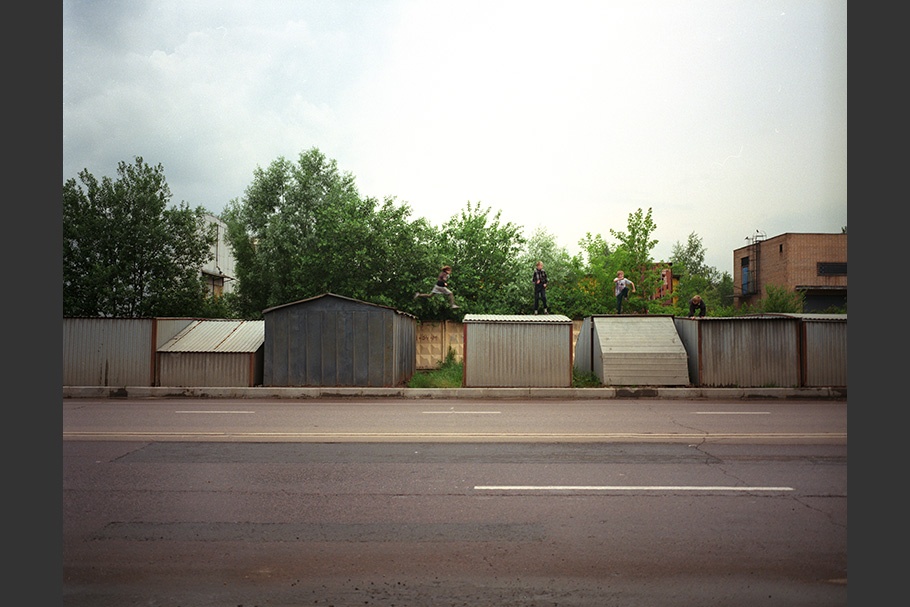
Untitled from the series On the Eve: Moscow 1998.
20000302-berridge-mw03-collection-012
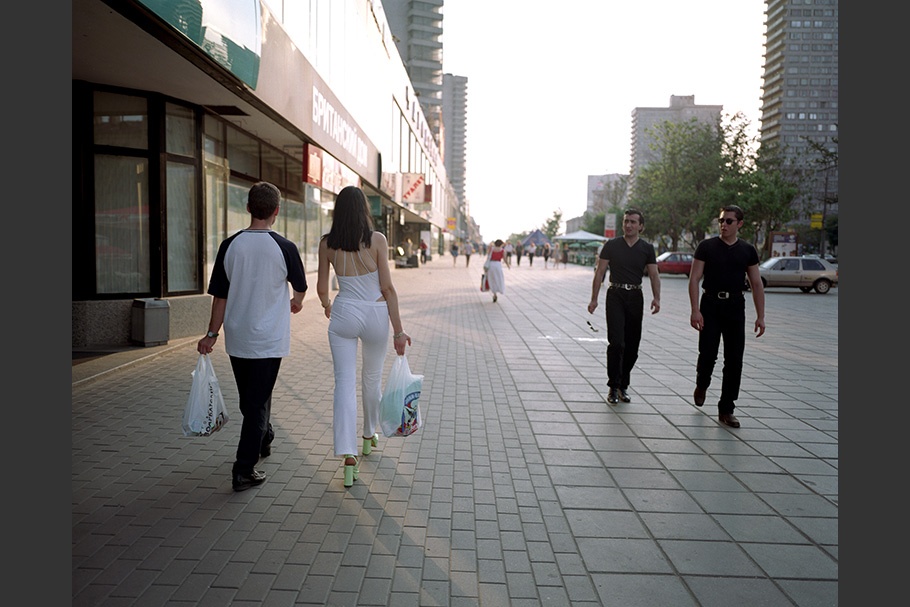
Untitled from the series On the Eve: Moscow 1998.
20000302-berridge-mw03-collection-013
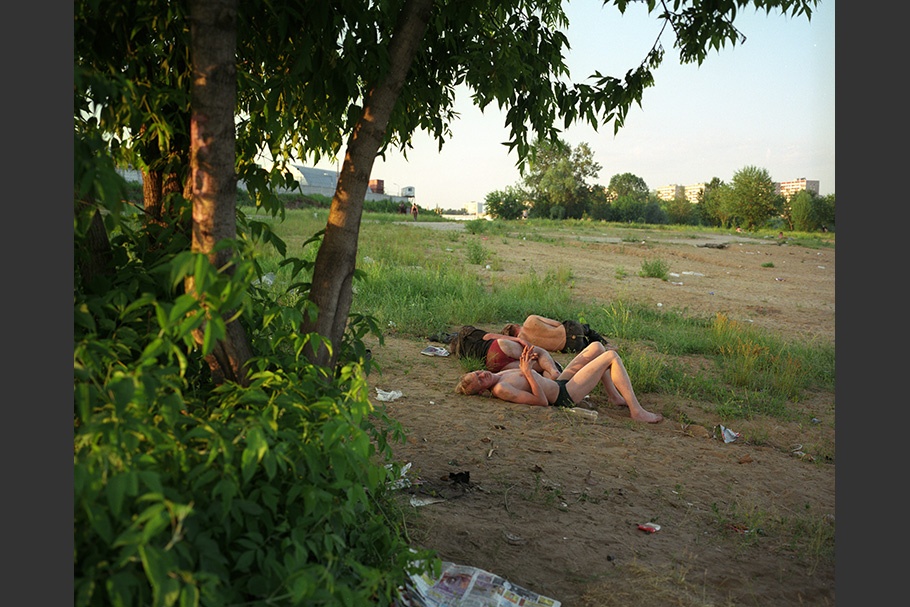
Untitled from the series On the Eve: Moscow 1998.
20000302-berridge-mw03-collection-014
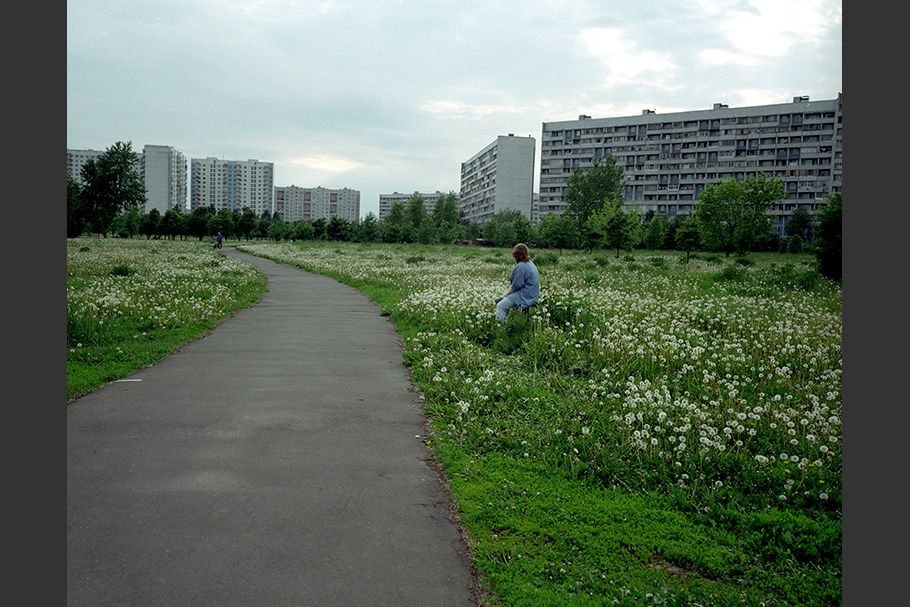
Untitled from the series On the Eve: Moscow 1998.
Mary Berridge received her Masters in Fine Art in photography from the Yale School of Art in 1991. Since then, she has exhibited at many galleries and museums, including the Museum of Modern Art in New York and the M.H. de Young Memorial Museum in San Francisco. Berridge has won several awards, including a Guggenheim Fellowship, the Dorothea Lange-Paul Taylor Prize, the Ernst Haas Award, and a New York Foundation for the Arts Artist’s Fellowship. Her work has been published in the New York Times Magazine, DoubleTake, and Harper’s. A book of her photographs, A Positive Life: Portraits of Women Living with HIV, was published by Running Press in 1997.
Mary Berridge
In March of 1998, I fled to Moscow to join my husband who was researching his dissertation there. I lived there for four months, returning to the United States just before the Russian economy collapsed. Having never been to Russia before, I had no idea what I would photograph. At first I was completely overwhelmed by culture shock and immediately realized what an outsider I was, not just because I was a foreigner, but because I was an American and was, therefore, the quintessential “other.” Moscow is not a foreigner-friendly city. It is massive, both in terms of physical size and population. There are no completely accurate maps. Street names are referred to alternately by their Soviet and pre-Soviet names, and stores and restaurants often are hidden away in back alleys with little or no signs to identify them. The language is notoriously difficult as well. Despite my efforts to learn Russian, my knowledge of it never improved beyond sub-basic. Nonetheless, like the tourist that I was, I decided to wander with my camera. When spring finally arrived, I hit the streets.
The wonderful thing about photographing in public spaces in Moscow is that’s where the action is. The combination of overcrowded apartments, an acute shortage of retail space, and famously dismal winters (and no funds for indoor recreation) make Russians eager to spend the warmer months outdoors. Young couples use parks as bedrooms, public fountains double as swimming holes, and pensioners dance ballroom-style under canopies of trees. The sense of having emerged from hibernation, not just from winter, but from not yet distant decades of repressive Soviet rule, gives these types of activities an empowering yet reckless feel, like a teenager with a freshly minted driver’s license. Remnants of Soviet culture linger everywhere, most visibly in the monumental architecture and in the drab, shabby suits of the older generation, which contrast oddly with post-communist youth decked out in the latest western fashions, only with even higher platform shoes and even shorter mini-skirts. Wherever you turn in Moscow, contradictory forces commingle: Europe and Asia, residual communism and budding capitalism, orthodoxy and pop culture, all locked in an uneasy and shifting equilibrium.
The challenge was to make visual sense out of this place that was so overwhelming and impenetrable to me, without reducing its complexities to truisms. In the end, my position as an outsider and the necessity of making candid photographs both allowed and forced me to search out some of the variety of Muscovite experience at what may have proven to be an evanescent moment.
—Mary Berridge, spring 2000